Home>Furniture & Design>Bathroom Accessories>What Is Better: Toilet Paper Or Bidet
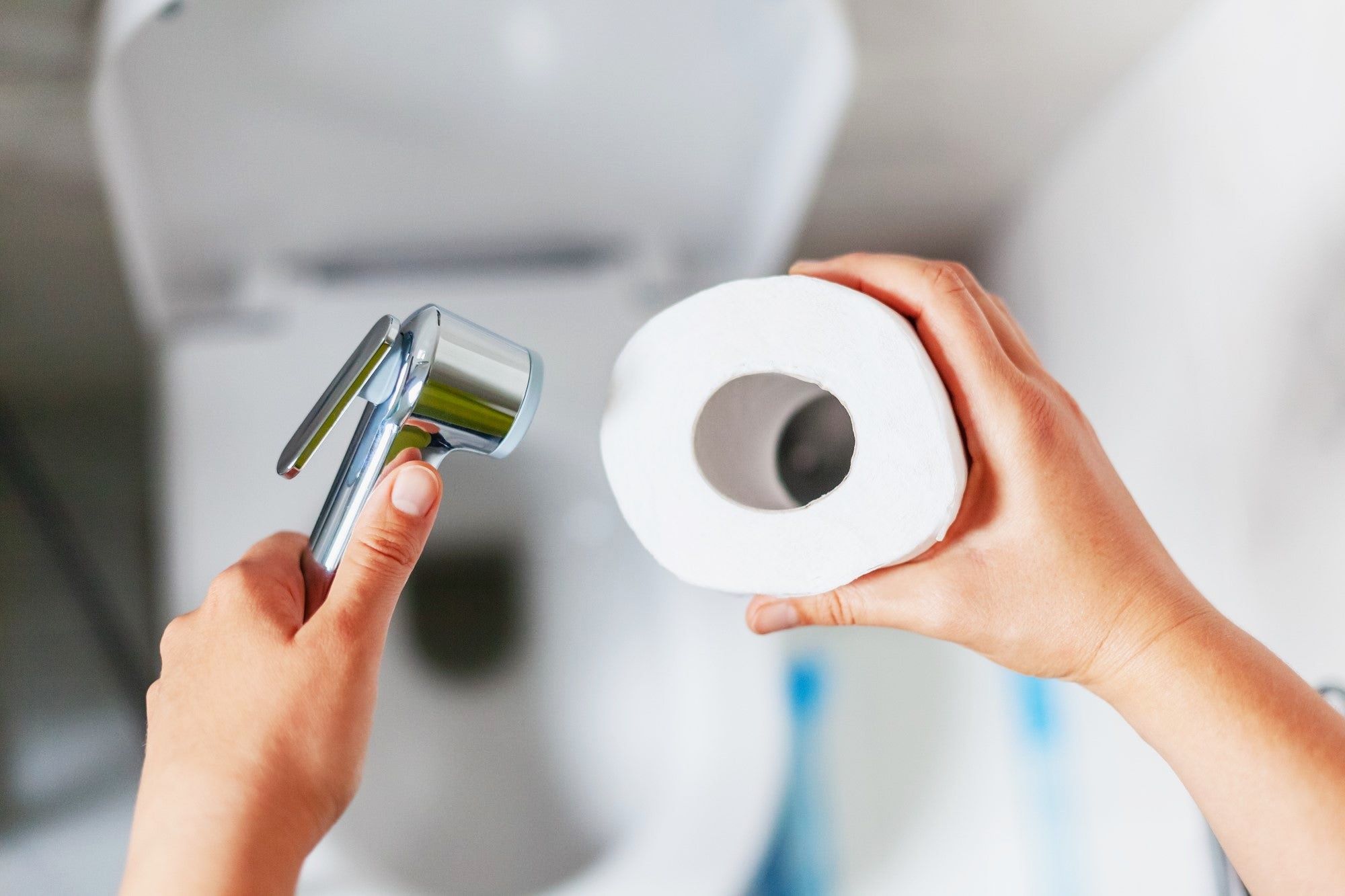

Bathroom Accessories
What Is Better: Toilet Paper Or Bidet
Modified: October 30, 2024
Discover the pros and cons of toilet paper and bidets to find the best bathroom accessories for your needs. Learn about the benefits of each option.
(Many of the links in this article redirect to a specific reviewed product. Your purchase of these products through affiliate links helps to generate commission for Storables.com, at no extra cost. Learn more)
Introduction
When it comes to personal hygiene, the debate between using traditional toilet paper and modern bidets has sparked discussions around the world. Both options have their loyal advocates, and the choice between the two often comes down to personal preference, cultural norms, and environmental considerations. Understanding the benefits and drawbacks of each can help individuals make informed decisions that align with their values and needs.
The use of toilet paper dates back to the 6th century, with its widespread adoption in the Western world occurring in the late 19th century. It has since become a staple in bathrooms across the globe, offering a convenient and familiar method for maintaining cleanliness after using the toilet. On the other hand, bidets, which originated in France in the 17th century, have gained popularity for their advanced cleansing capabilities and eco-friendly attributes.
As society becomes increasingly conscious of environmental sustainability and personal well-being, the toilet paper versus bidet debate has taken on new significance. Factors such as environmental impact, hygiene, cost, comfort, and accessibility play pivotal roles in shaping individuals' preferences. By delving into these aspects, we can gain a deeper understanding of the ongoing discourse surrounding these bathroom essentials.
In this comprehensive exploration, we will delve into the environmental impact of toilet paper and bidets, analyze their respective hygiene benefits, compare their costs, evaluate the comfort they offer, and consider their accessibility in different settings. By shedding light on these key aspects, we aim to provide valuable insights that can guide individuals in making informed choices that align with their values and contribute to a more sustainable and hygienic world.
Key Takeaways:
- Bidets are a sustainable and eco-friendly choice, saving trees and water by reducing toilet paper usage. They support a greener future and help minimize environmental impact.
- Bidets offer superior hygiene, comfort, and inclusivity, promoting thorough cleanliness, personalized cleansing, and independence for individuals with diverse needs.
Read more: How Much Toilet Paper Does A Bidet Save
Environmental Impact
The environmental impact of toilet paper and bidets is a crucial consideration in the ongoing debate surrounding these bathroom essentials. Toilet paper, despite being a ubiquitous commodity, has significant environmental implications. The production of toilet paper involves the consumption of vast amounts of natural resources, including trees and water. According to the Natural Resources Defense Council, the United States alone uses approximately 7 billion rolls of toilet paper annually, resulting in the felling of millions of trees and the consumption of billions of gallons of water in the manufacturing process. Moreover, the bleaching and chemical treatments used in toilet paper production contribute to water and air pollution, further exacerbating its environmental footprint.
In contrast, bidets offer a more sustainable alternative with minimal environmental impact. By utilizing water for cleansing, bidets significantly reduce the consumption of toilet paper, thereby conserving trees and reducing the carbon footprint associated with its production. Additionally, modern bidet models are designed to optimize water usage, ensuring efficient and eco-friendly cleansing. The environmental benefits of bidets are further underscored by their potential to mitigate the issue of clogged sewage systems caused by excessive toilet paper usage, thereby reducing the strain on municipal wastewater treatment facilities.
Furthermore, the shift towards bidet adoption aligns with global efforts to promote sustainable practices and reduce waste generation. As the world grapples with environmental challenges, such as deforestation, water scarcity, and pollution, the eco-friendly attributes of bidets position them as a compelling solution for individuals seeking to minimize their environmental impact.
In essence, the environmental impact of toilet paper and bidets presents a compelling case for reevaluating traditional hygiene practices and embracing sustainable alternatives. By recognizing the environmental benefits of bidets and the ecological implications of excessive toilet paper usage, individuals can contribute to conservation efforts and promote a greener, more sustainable future for generations to come.
Hygiene
Hygiene is a fundamental aspect of personal care, and the choice between toilet paper and bidets has significant implications for maintaining cleanliness and minimizing the risk of infections. Toilet paper, a conventional hygiene tool, is designed to remove residual waste after using the toilet. While it effectively serves this purpose, there are limitations to its cleansing capabilities. Toilet paper may leave behind microscopic particles and bacteria, potentially compromising thorough cleanliness. Moreover, the friction involved in using toilet paper can lead to skin irritation and discomfort, particularly for individuals with sensitive skin.
In contrast, bidets offer a comprehensive and hygienic cleansing experience. By utilizing a gentle stream of water, bidets effectively remove residual waste without the abrasive action of toilet paper. This method not only ensures thorough cleanliness but also minimizes the risk of bacterial transfer and irritation. Furthermore, bidets provide customizable water pressure and temperature settings, allowing users to personalize their cleansing experience according to their preferences.
The superior hygiene offered by bidets is particularly beneficial for individuals with certain medical conditions, such as hemorrhoids, urinary tract infections, and skin sensitivities. The gentle and precise cleansing provided by bidets can alleviate discomfort and reduce the risk of exacerbating existing health issues. Additionally, bidets are increasingly recognized for their role in promoting feminine hygiene, offering a gentle and effective cleansing solution that enhances comfort and reduces the risk of infections.
In the context of public health, bidets present a compelling case for promoting enhanced hygiene practices. The thorough cleansing provided by bidets contributes to reducing the presence of harmful bacteria and pathogens, thereby supporting overall public health and well-being. As the global community continues to prioritize hygiene and infection prevention, the adoption of bidets represents a proactive step towards promoting comprehensive cleanliness and minimizing the risk of hygiene-related health concerns.
In summary, the comparison between toilet paper and bidets in terms of hygiene underscores the superior cleansing capabilities and health benefits offered by bidets. By prioritizing thorough and gentle cleansing, bidets not only elevate personal hygiene standards but also contribute to promoting public health and well-being. As individuals seek to optimize their hygiene practices, the adoption of bidets emerges as a compelling choice that aligns with the pursuit of comprehensive cleanliness and comfort.
Cost
When evaluating the cost considerations associated with toilet paper and bidets, it is essential to analyze both the immediate financial implications and the long-term economic impact. Toilet paper, while seemingly inexpensive on a per-unit basis, entails recurring expenses that accumulate over time. The average household's annual expenditure on toilet paper can amount to a significant sum, especially when factoring in the consumption patterns of multiple family members. Additionally, the fluctuating prices of toilet paper in response to market dynamics and supply chain disruptions can contribute to financial unpredictability for consumers.
In contrast, bidets offer a cost-effective alternative with the potential for long-term savings. While the initial investment in a bidet unit may represent a higher upfront cost compared to purchasing toilet paper, the durability and longevity of bidet systems can result in substantial financial benefits over time. Modern bidet models are designed for durability and efficiency, minimizing the need for frequent replacements and repairs. Furthermore, the reduced reliance on toilet paper due to bidet usage translates into long-term savings on consumable hygiene products, thereby offsetting the initial investment in bidet technology.
Moreover, the environmental benefits of bidets, particularly in terms of reducing toilet paper consumption and minimizing waste generation, align with cost savings on a broader scale. By embracing sustainable hygiene practices through bidet adoption, individuals can contribute to reducing their ecological footprint and mitigating the environmental costs associated with excessive toilet paper usage. This shift towards eco-friendly hygiene solutions not only aligns with personal values related to sustainability but also presents an opportunity for long-term cost savings by minimizing resource consumption and waste generation.
In the context of public facilities and commercial settings, the cost considerations associated with toilet paper and bidets extend to maintenance and operational expenses. While traditional toilet paper dispensing systems require ongoing replenishment and maintenance, bidet installations offer a more sustainable and cost-effective approach to hygiene management. The potential for reduced operational costs and resource utilization in public facilities underscores the broader economic advantages of bidet integration, positioning them as a compelling choice for organizations seeking to optimize their operational efficiency and environmental stewardship.
In essence, the cost analysis of toilet paper and bidets reveals a nuanced perspective that extends beyond immediate financial considerations. By evaluating the long-term savings, environmental impact, and operational efficiencies associated with bidets, individuals and organizations can make informed decisions that align with their financial goals, environmental values, and commitment to sustainable practices. As the discourse surrounding hygiene and resource management continues to evolve, the cost considerations of toilet paper and bidets present an opportunity for individuals and businesses to prioritize economic prudence and environmental responsibility in their hygiene practices.
Consider using a bidet for a more hygienic and eco-friendly option. It reduces the need for toilet paper and can help prevent irritation and infections.
Comfort
Comfort is a pivotal consideration in the comparison between toilet paper and bidets, as it directly impacts the overall experience of personal hygiene. Toilet paper, while widely used and familiar, may present limitations in terms of comfort due to its abrasive nature. The friction involved in using toilet paper can lead to skin irritation, particularly for individuals with sensitive skin or certain medical conditions. Moreover, the tactile sensation and potential discomfort associated with toilet paper usage may detract from the overall sense of cleanliness and well-being.
In contrast, bidets offer a superior level of comfort and personalized cleansing experience. The gentle and precise stream of water used in bidets provides a soothing and refreshing sensation, enhancing the overall comfort during the cleansing process. Furthermore, the adjustable water pressure and temperature settings allow users to tailor the cleansing experience to their preferences, ensuring optimal comfort and satisfaction. This customizable approach to hygiene not only promotes physical comfort but also contributes to a sense of well-being and relaxation.
The comfort benefits of bidets extend beyond the cleansing process to encompass post-cleansing care. Many modern bidet models feature additional functionalities, such as warm air drying and heated seats, further enhancing the comfort and convenience of the user experience. These features not only elevate the overall comfort level but also cater to individual preferences, promoting a personalized and luxurious hygiene experience.
Moreover, bidets are increasingly recognized for their role in addressing specific health concerns and enhancing overall comfort for individuals with medical conditions. For instance, individuals with mobility challenges, arthritis, or other physical limitations may find bidets to be a more comfortable and accessible option for maintaining personal hygiene. The gentle and automated cleansing provided by bidets can alleviate the physical strain associated with traditional toilet paper usage, contributing to enhanced comfort and independence.
In summary, the comparison between toilet paper and bidets in terms of comfort underscores the superior tactile sensation, personalized experience, and additional comfort features offered by bidets. By prioritizing comfort and well-being, bidets not only elevate the hygiene experience but also cater to individual preferences and health considerations. As individuals seek to optimize their personal care routines, the adoption of bidets emerges as a compelling choice that aligns with the pursuit of comprehensive comfort and satisfaction.
Read more: What Is A Bidet Toilet Seat
Accessibility
Accessibility plays a pivotal role in evaluating the practical usability and inclusivity of hygiene solutions, making it a crucial consideration in the comparison between toilet paper and bidets. Traditional toilet paper, while widely accessible and familiar, may present challenges for individuals with mobility limitations, dexterity issues, or certain medical conditions. The manual process of using toilet paper necessitates reaching, twisting, and maneuvering, which can pose difficulties for individuals with physical impairments or reduced motor skills. Moreover, public restrooms and shared facilities may lack adequate accommodations for individuals requiring assistance with toilet paper usage, thereby impacting their independence and dignity.
In contrast, bidets offer enhanced accessibility and inclusivity by providing a user-friendly and automated cleansing solution. Modern bidet models are equipped with intuitive controls, ergonomic designs, and customizable features that cater to diverse user needs. The automated functionality of bidets reduces the physical exertion and dexterity requirements associated with traditional toilet paper usage, making them particularly beneficial for individuals with mobility challenges or age-related limitations. Furthermore, the integration of bidets in accessible restrooms and home environments promotes independence and dignity for individuals requiring support in their personal hygiene routines.
The inclusive design of bidets extends to addressing the needs of individuals with specific health concerns, such as arthritis, inflammatory conditions, or post-surgical recovery. The gentle and precise cleansing provided by bidets minimizes the physical strain and discomfort often associated with traditional toilet paper usage, thereby enhancing accessibility and comfort for individuals managing health-related challenges. Additionally, the availability of bidet accessories, such as elevated seats and supportive fixtures, further contributes to optimizing accessibility and usability for individuals with diverse needs.
In public facilities and commercial settings, the integration of bidets aligns with the principles of universal design and accessibility standards, ensuring that individuals of all abilities can access and utilize hygiene amenities with ease and dignity. By prioritizing inclusivity and user-friendly design, bidets contribute to creating environments that accommodate diverse needs and promote independence for all individuals.
In essence, the comparison between toilet paper and bidets in terms of accessibility underscores the transformative impact of bidets in enhancing inclusivity, independence, and dignity in personal hygiene practices. By prioritizing accessibility and user-friendly design, bidets not only cater to diverse needs but also contribute to fostering inclusive environments that empower individuals to maintain their personal hygiene with dignity and ease. As individuals and organizations seek to promote inclusivity and accessibility in hygiene solutions, the adoption of bidets emerges as a progressive and impactful choice that aligns with the principles of universal design and equitable access.
Conclusion
The comparison between toilet paper and bidets reveals a nuanced landscape of considerations encompassing environmental impact, hygiene, cost, comfort, and accessibility. As individuals navigate the choices available for personal hygiene, it becomes evident that bidets offer a compelling alternative that aligns with sustainability, comprehensive cleanliness, and inclusive design.
From an environmental perspective, bidets emerge as a sustainable solution that minimizes the ecological footprint associated with excessive toilet paper consumption. By conserving trees, reducing water usage, and mitigating waste generation, bidets contribute to environmental conservation efforts and promote a greener, more sustainable future. The eco-friendly attributes of bidets position them as a proactive choice for individuals seeking to minimize their environmental impact and support conservation initiatives.
In terms of hygiene, bidets offer superior cleansing capabilities, gentle precision, and customizable settings that elevate personal cleanliness and well-being. The thorough cleansing provided by bidets not only minimizes the risk of bacterial transfer and skin irritation but also supports public health by reducing the presence of harmful pathogens. The adoption of bidets represents a proactive step towards promoting comprehensive cleanliness and minimizing the risk of hygiene-related health concerns.
The cost analysis of toilet paper and bidets underscores the potential for long-term savings, reduced resource consumption, and operational efficiencies associated with bidet adoption. While the initial investment in bidet technology may represent a higher upfront cost, the durability, longevity, and reduced reliance on consumable hygiene products position bidets as a cost-effective and sustainable choice that aligns with financial goals and environmental responsibility.
Furthermore, the comfort benefits and inclusive design of bidets cater to individual preferences, health considerations, and diverse needs, promoting a personalized and luxurious hygiene experience. By prioritizing comfort and well-being, bidets not only elevate the hygiene experience but also contribute to fostering inclusive environments that empower individuals to maintain their personal hygiene with dignity and ease.
In conclusion, the comparison between toilet paper and bidets underscores the multifaceted advantages of bidets in promoting sustainability, comprehensive cleanliness, cost-effectiveness, well-being, and inclusivity. As individuals seek to optimize their personal care routines and contribute to environmental stewardship, the adoption of bidets emerges as a progressive and impactful choice that aligns with the pursuit of a more sustainable, hygienic, and inclusive world.
Frequently Asked Questions about What Is Better: Toilet Paper Or Bidet
Was this page helpful?
At Storables.com, we guarantee accurate and reliable information. Our content, validated by Expert Board Contributors, is crafted following stringent Editorial Policies. We're committed to providing you with well-researched, expert-backed insights for all your informational needs.
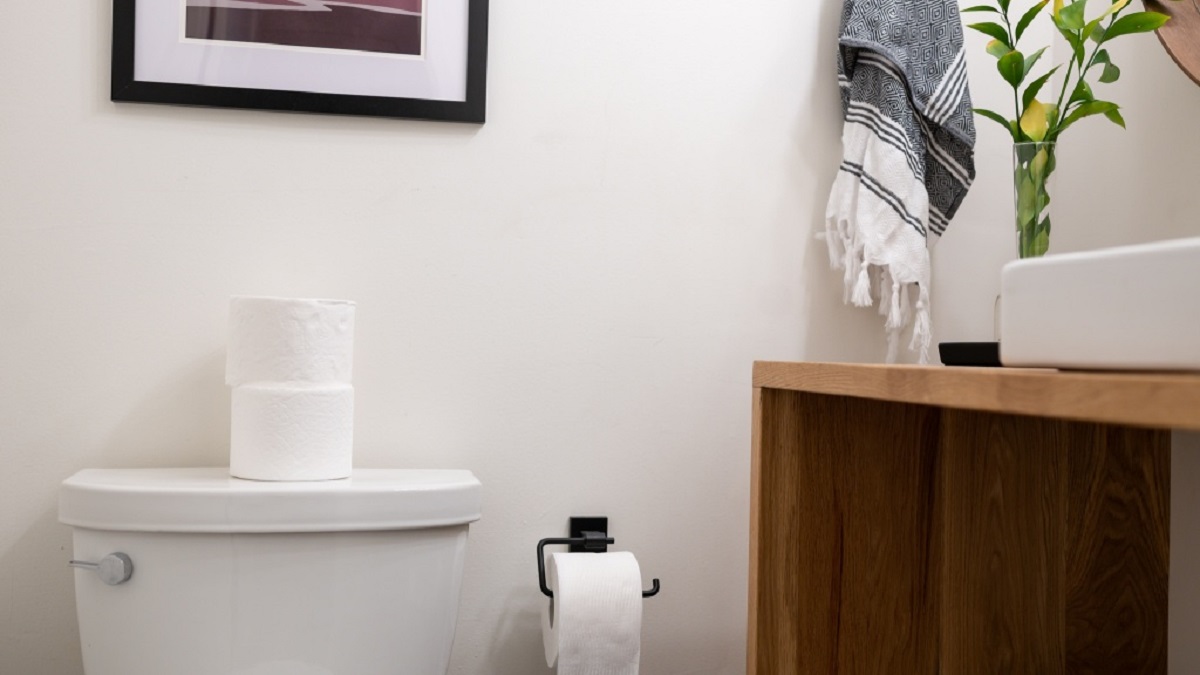
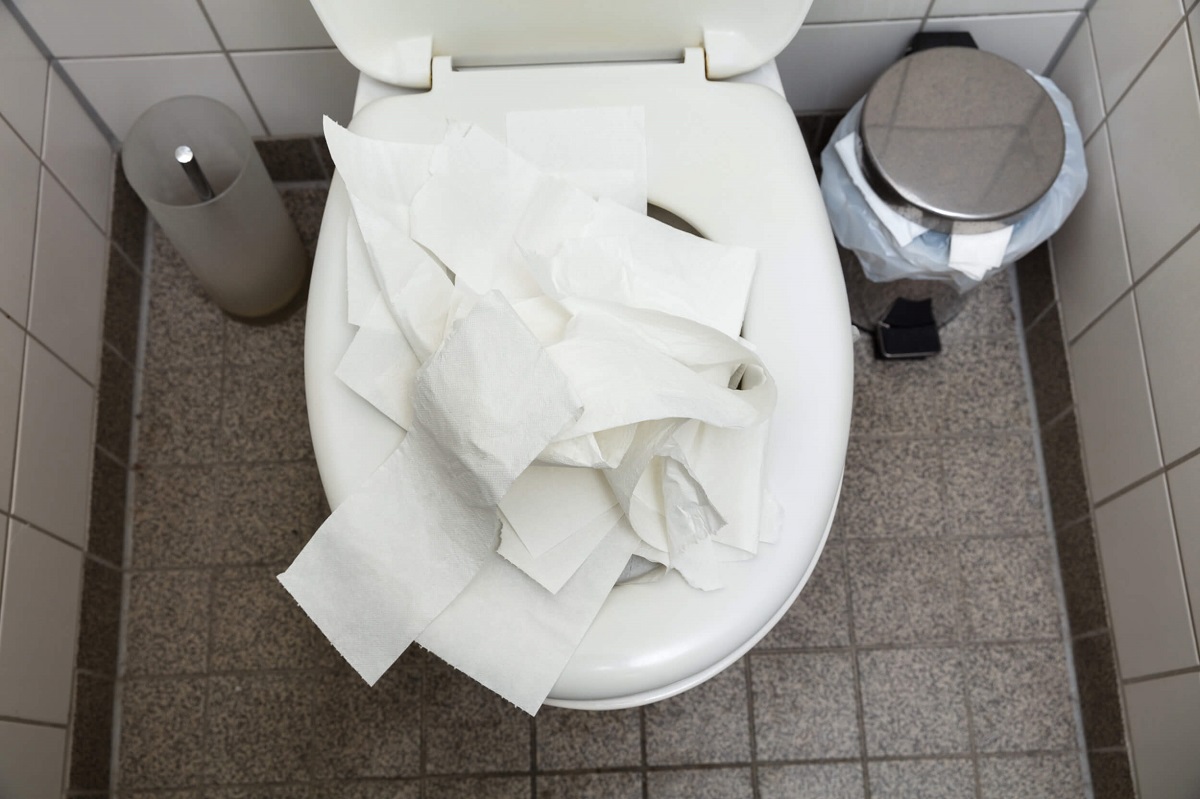
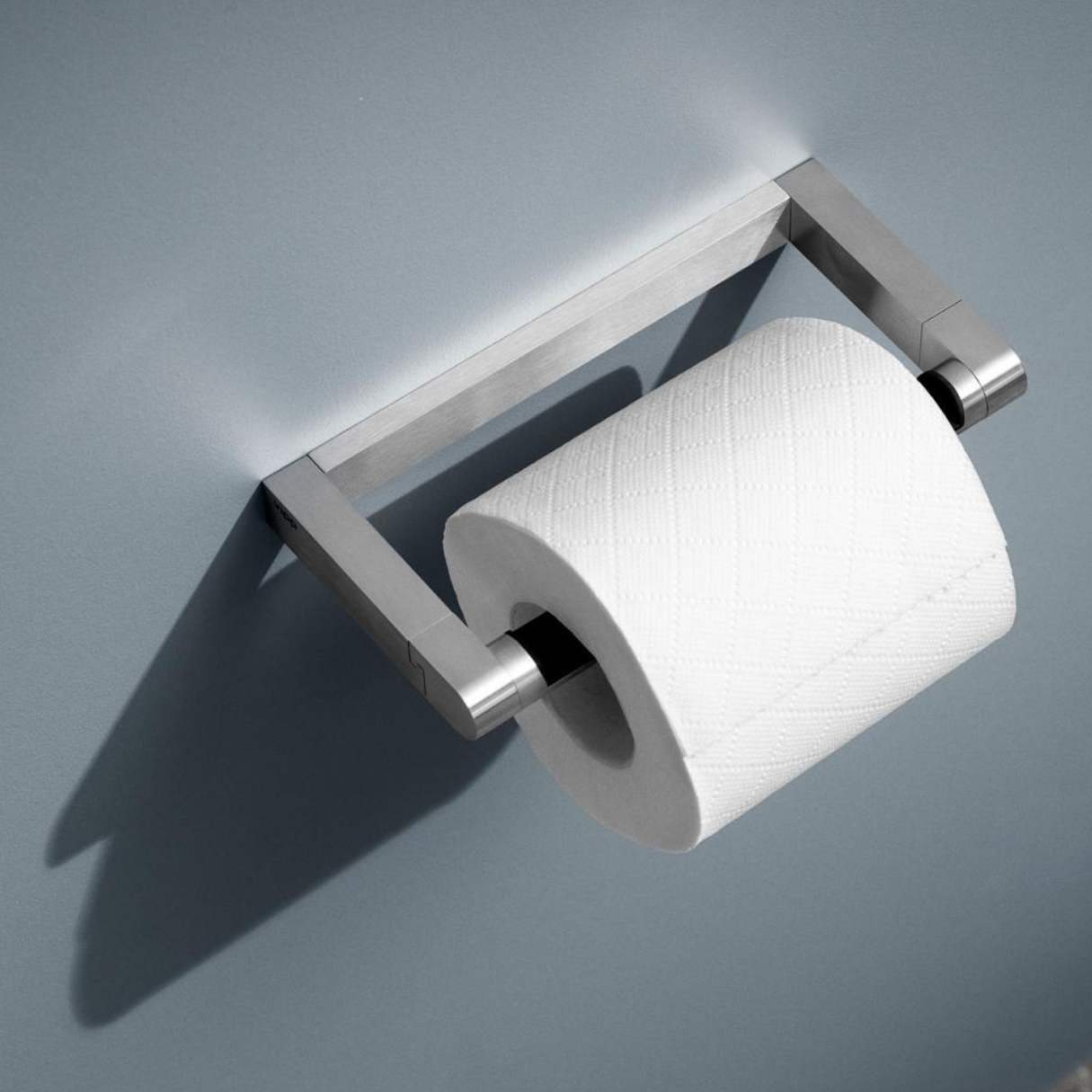
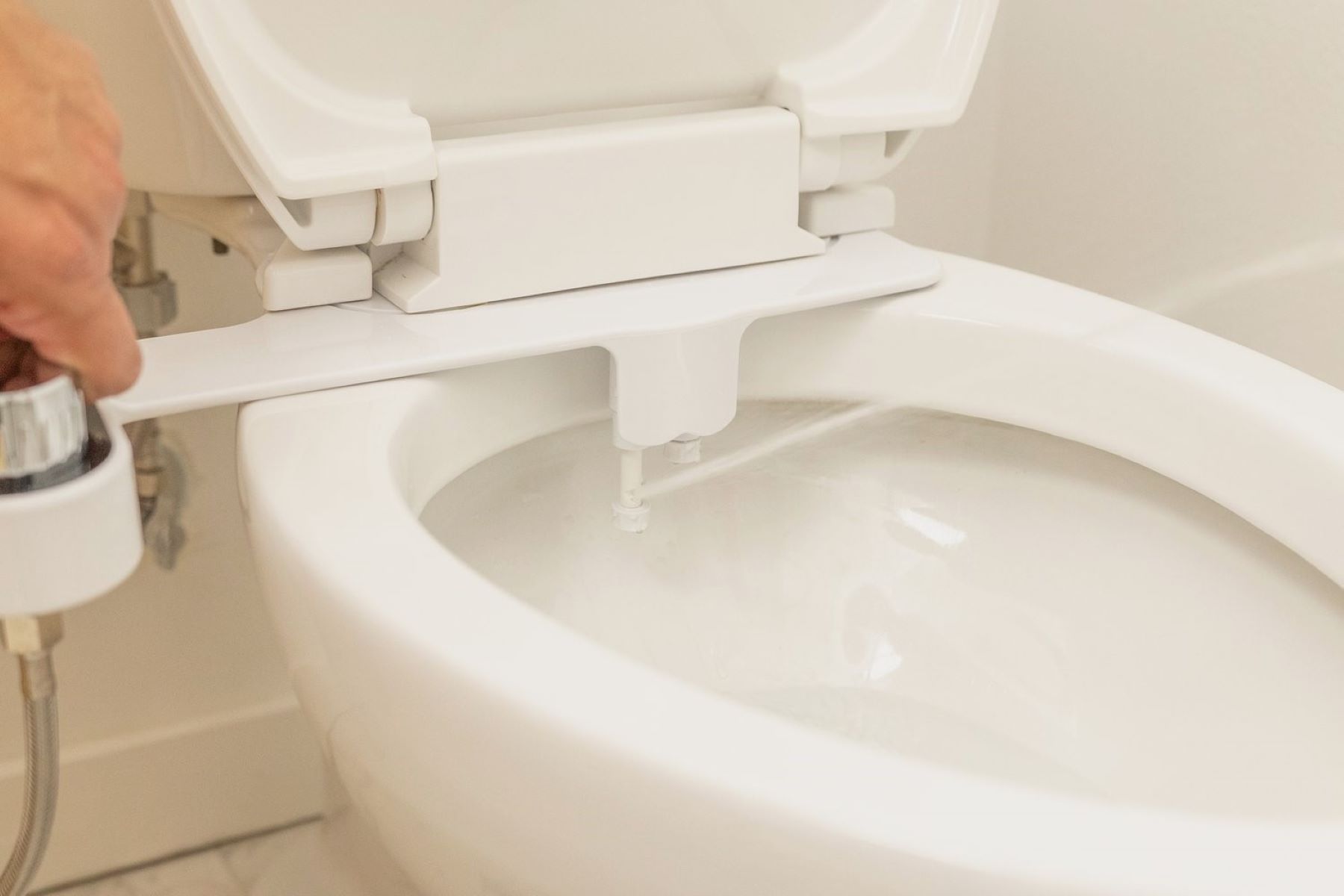
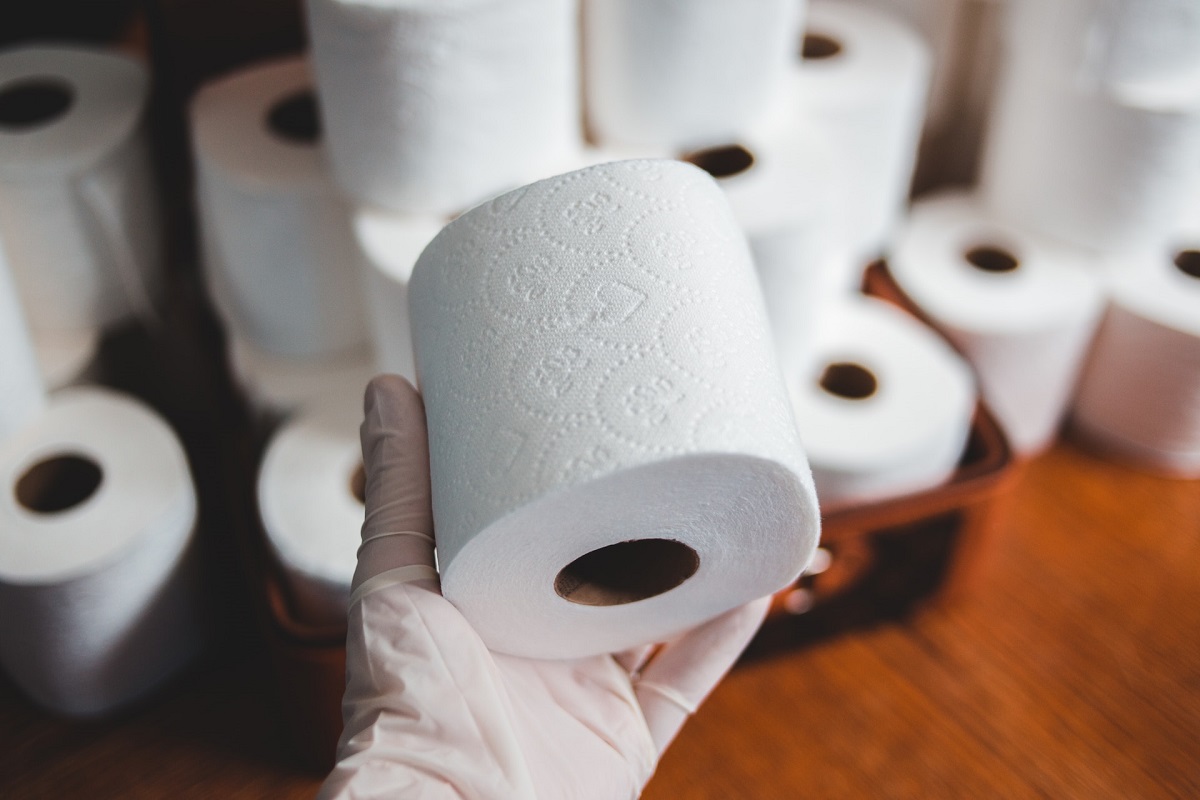
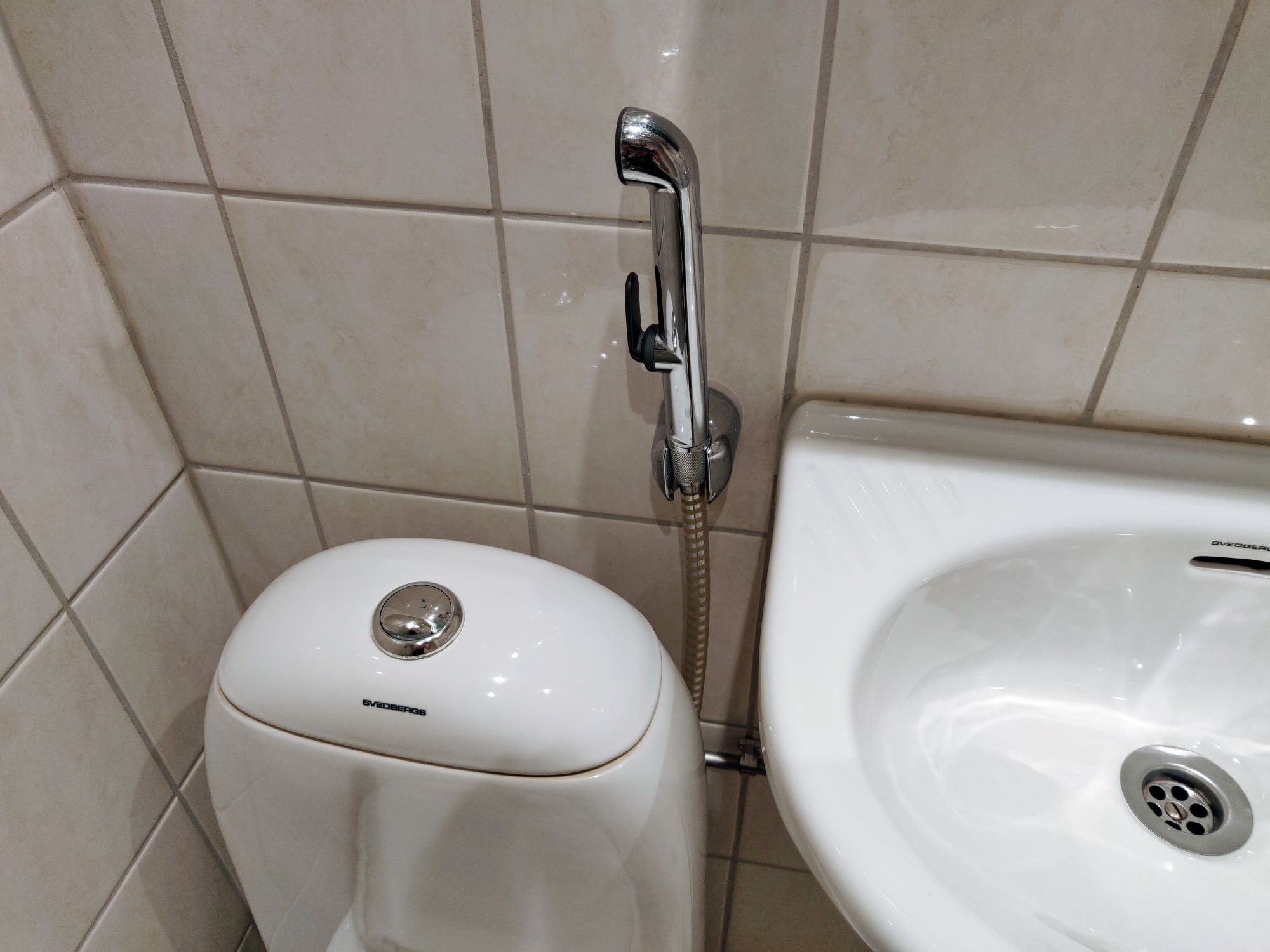
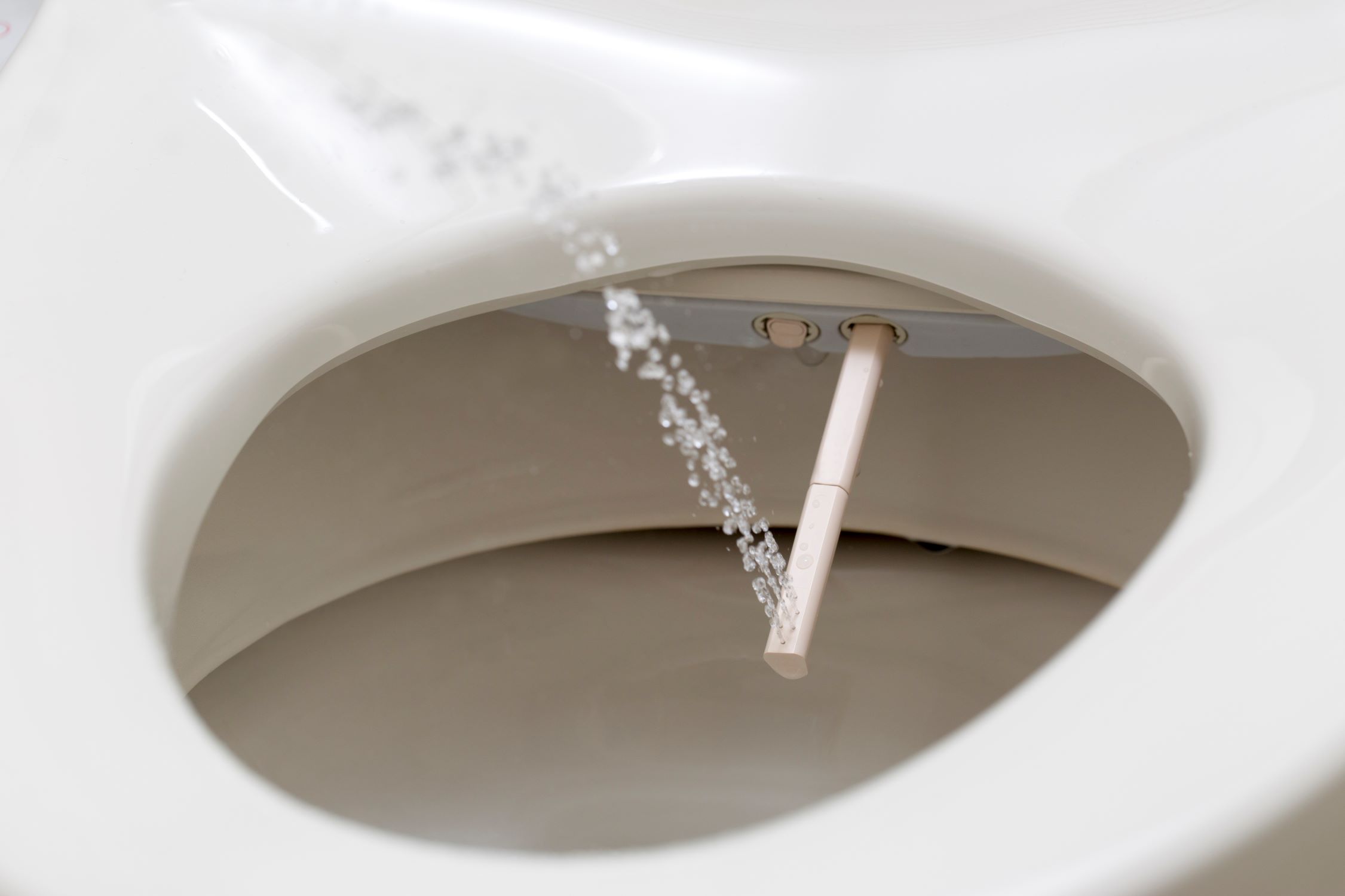
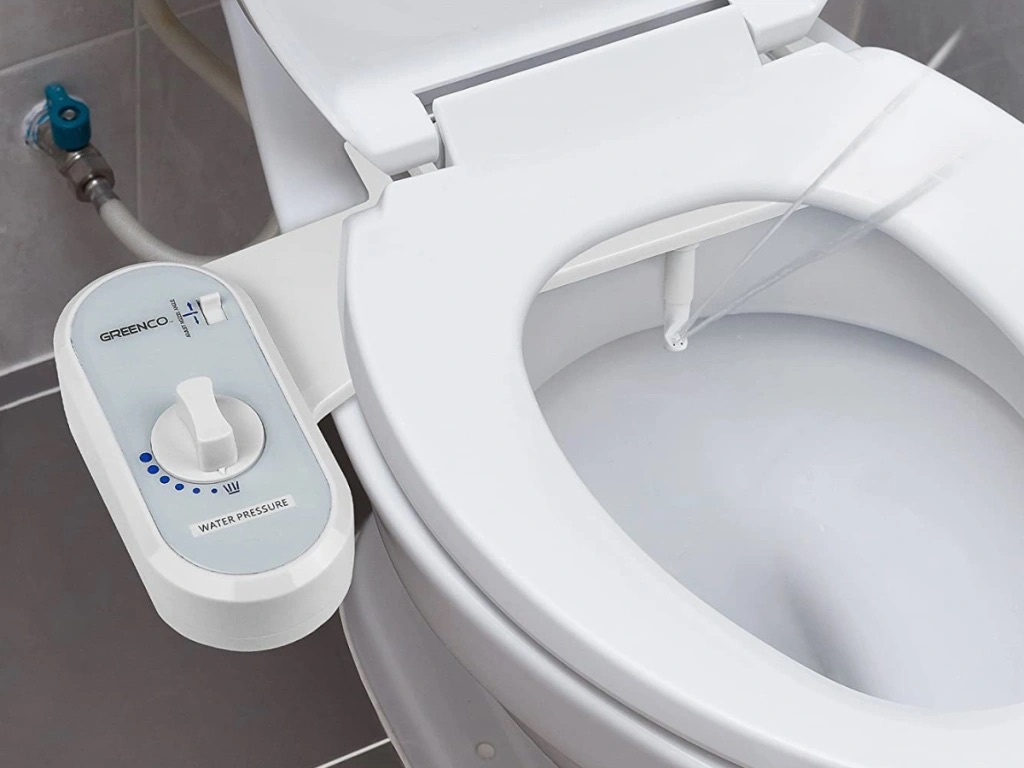
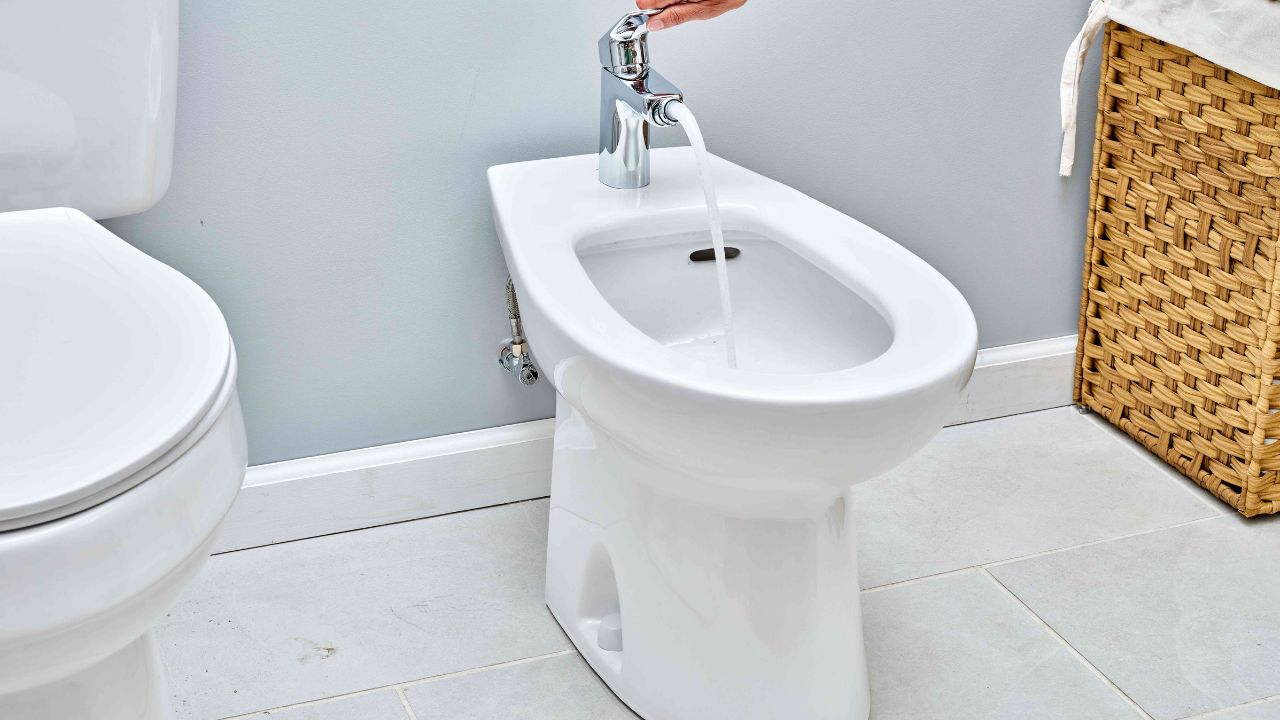
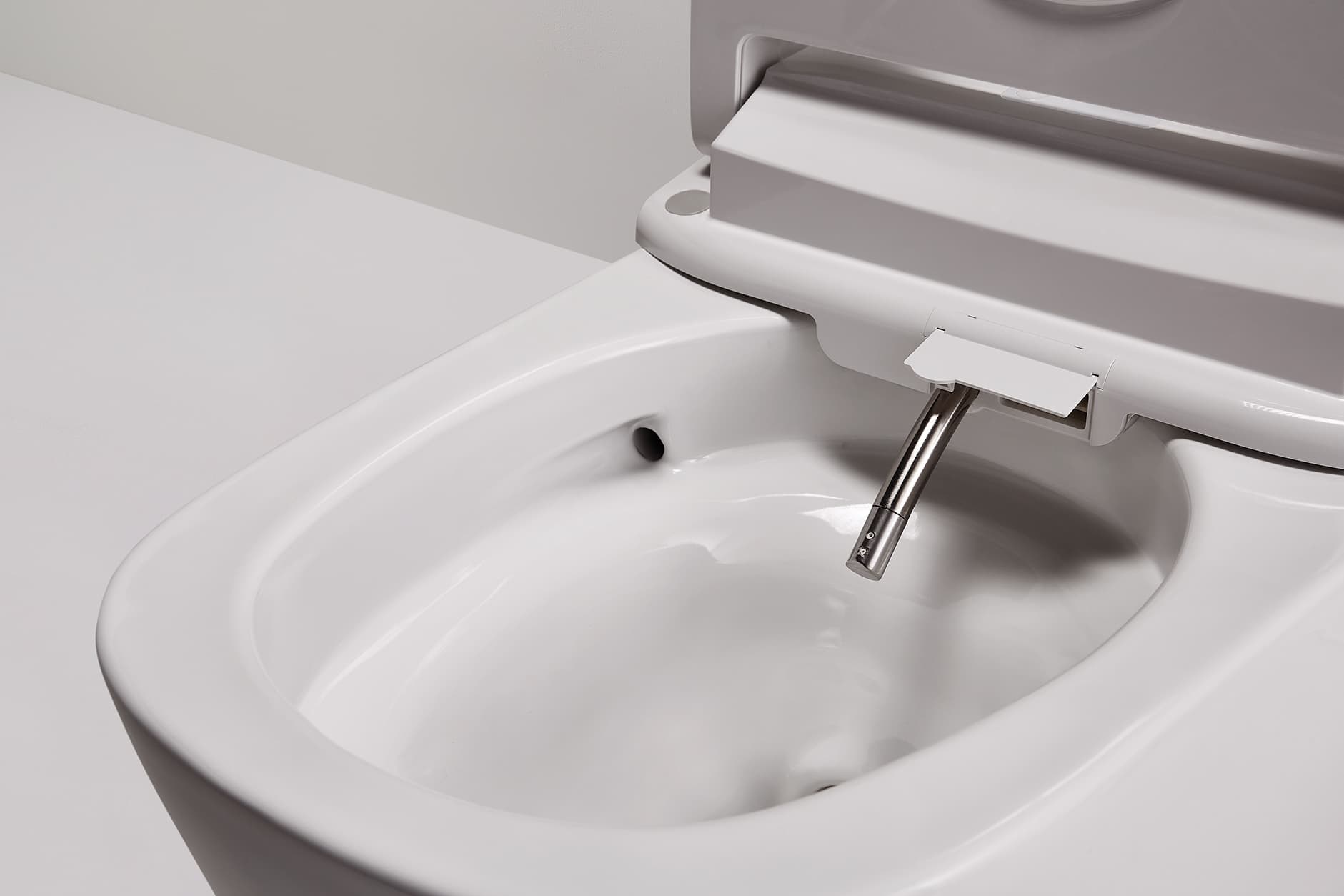
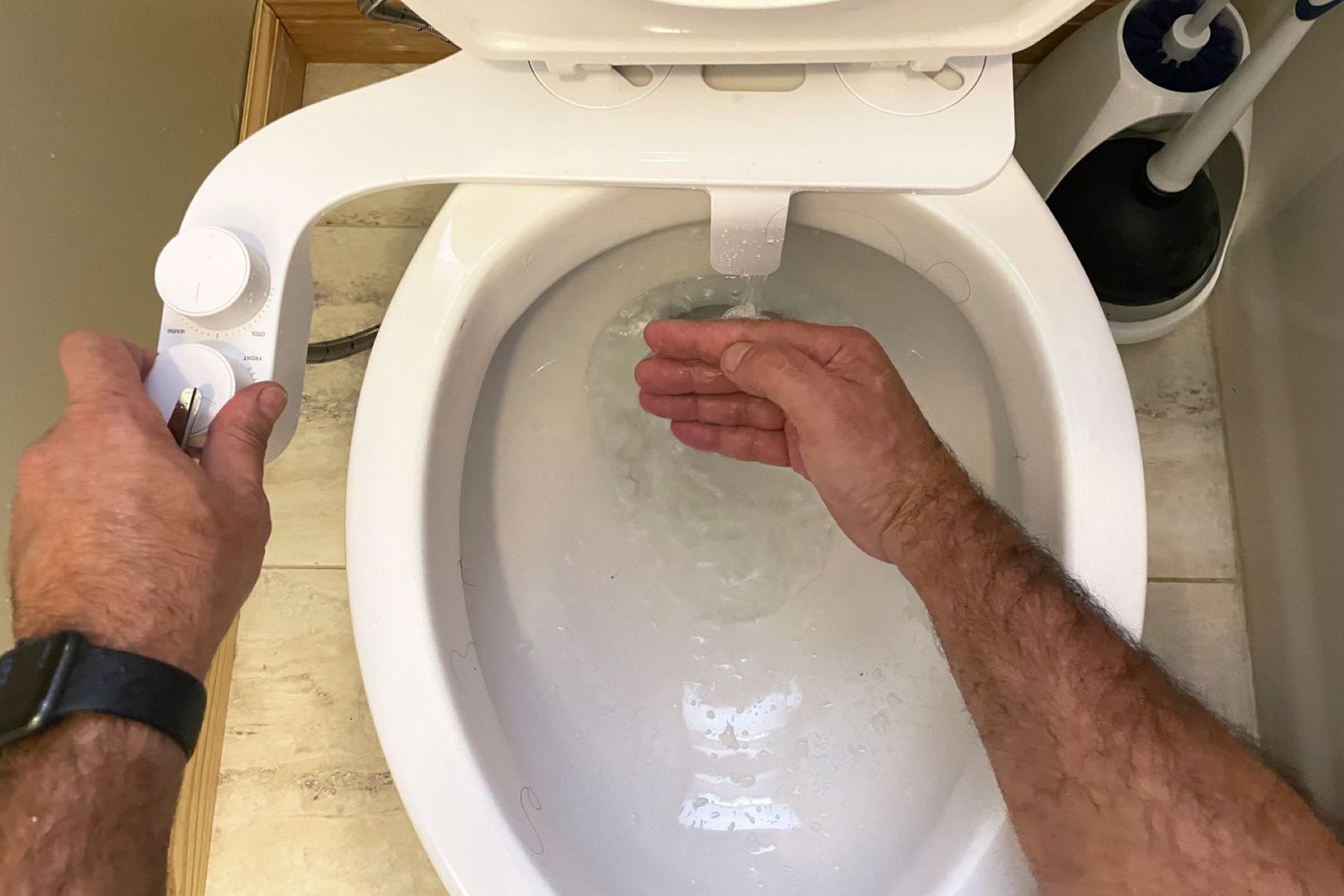
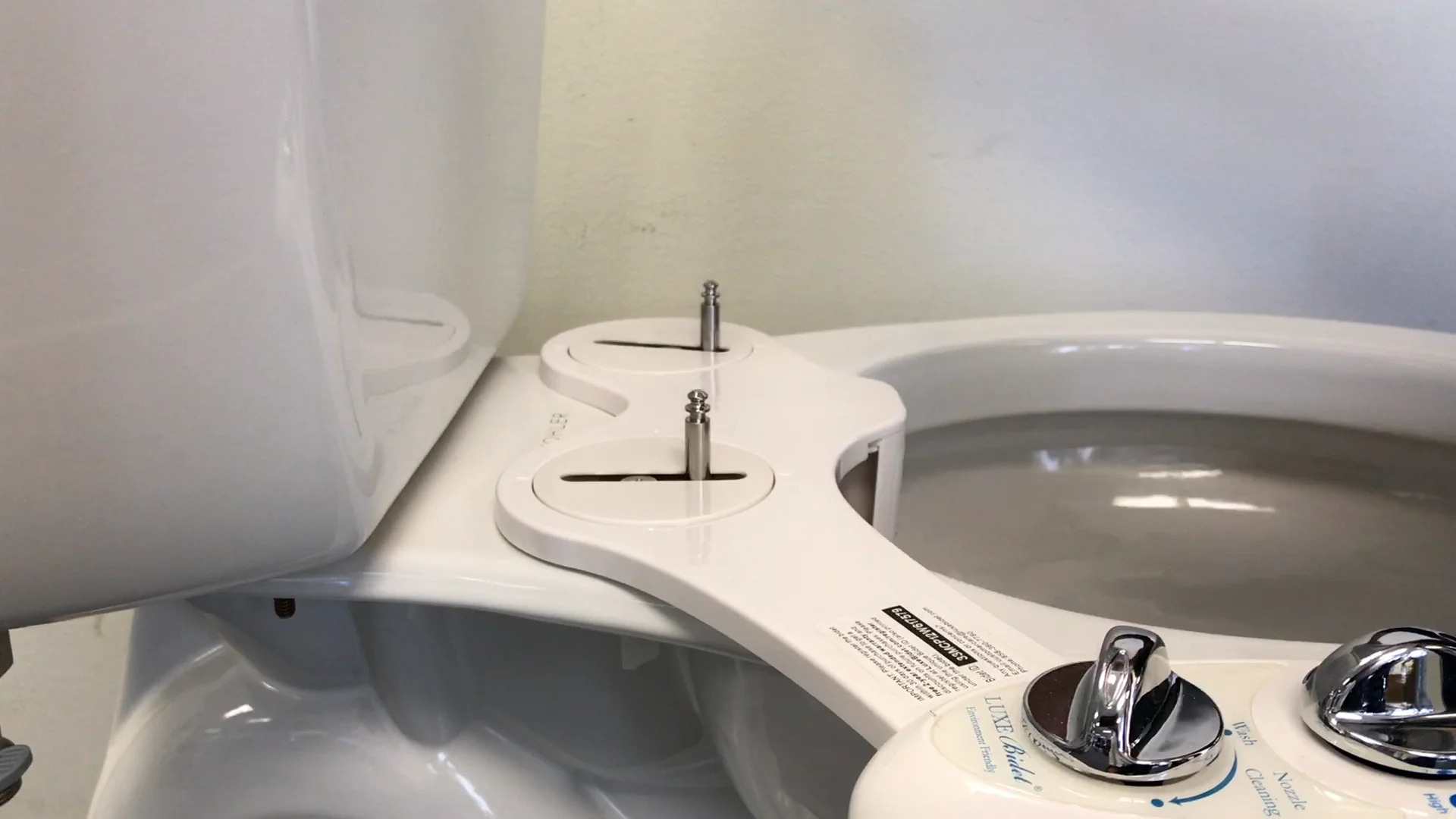
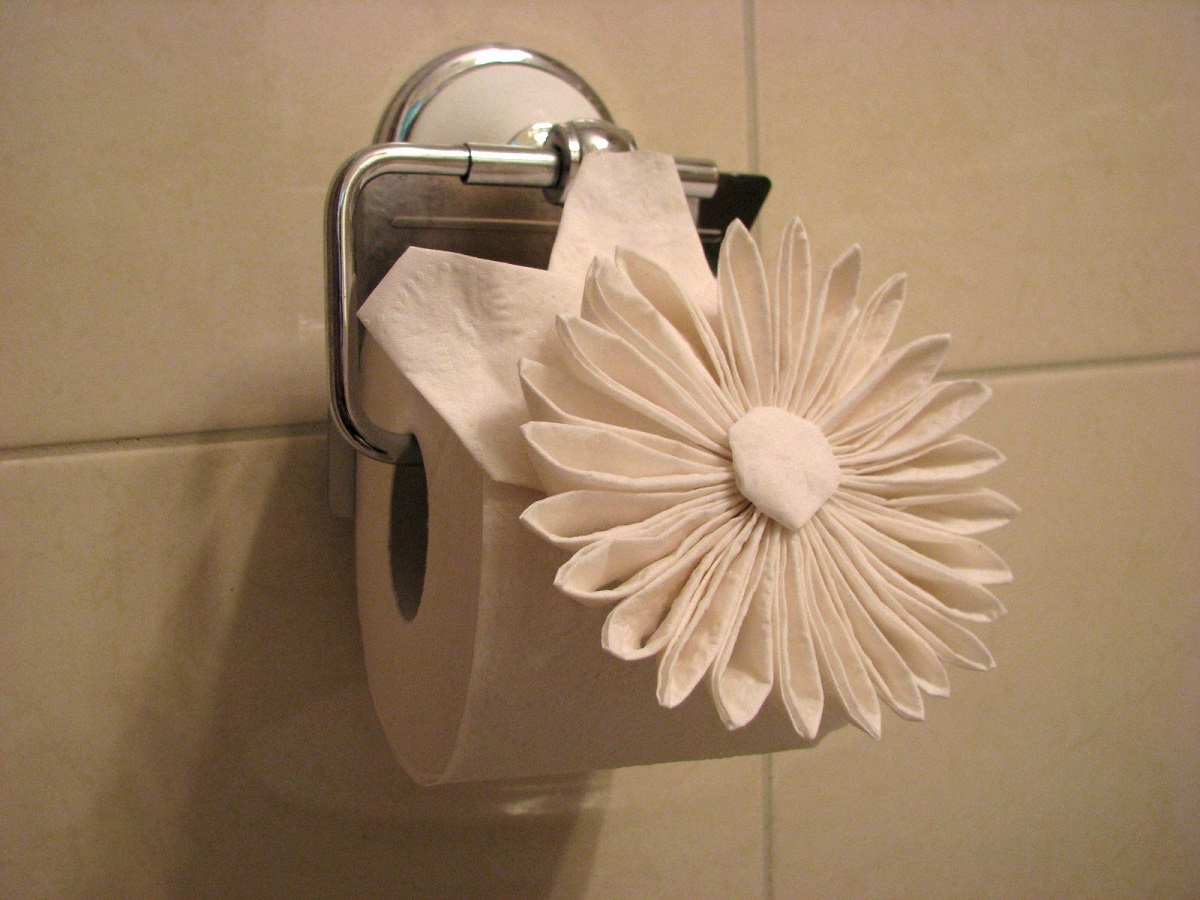
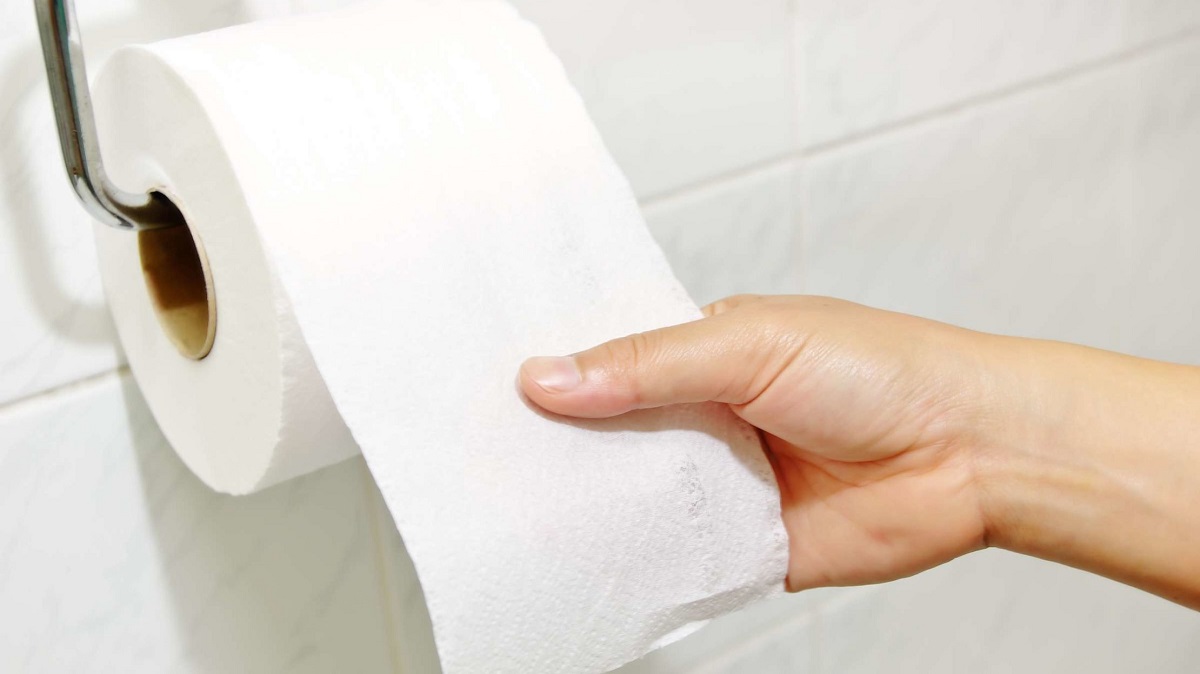

0 thoughts on “What Is Better: Toilet Paper Or Bidet”